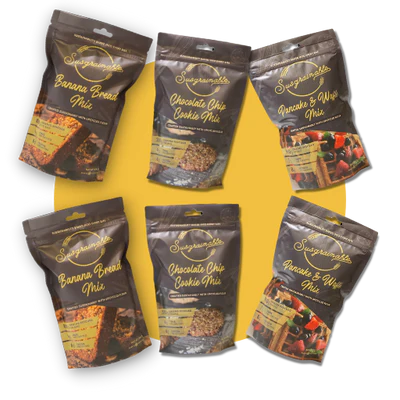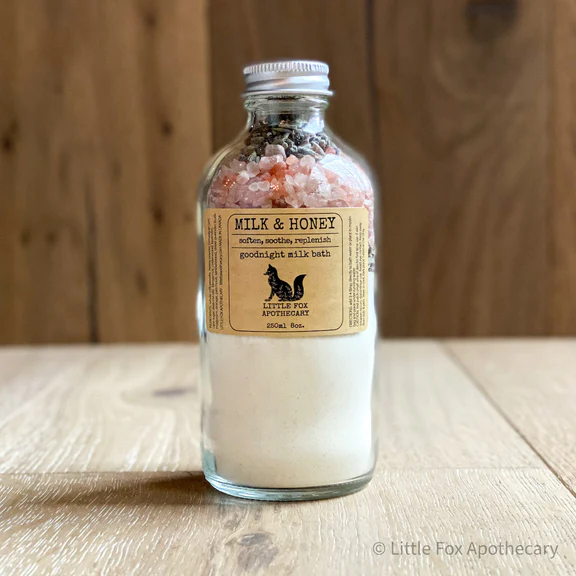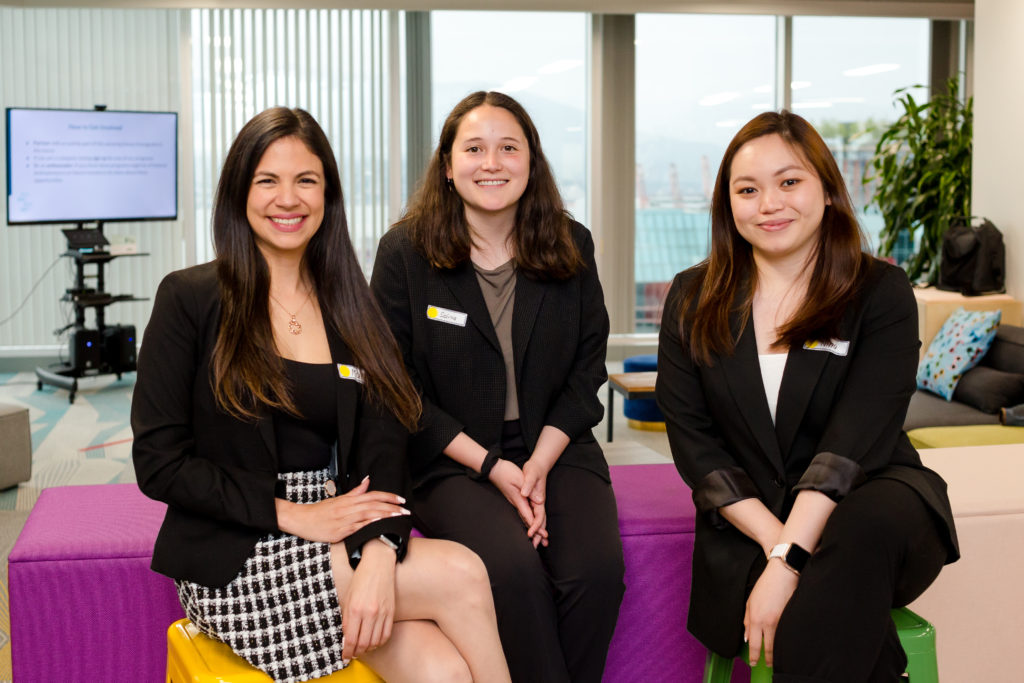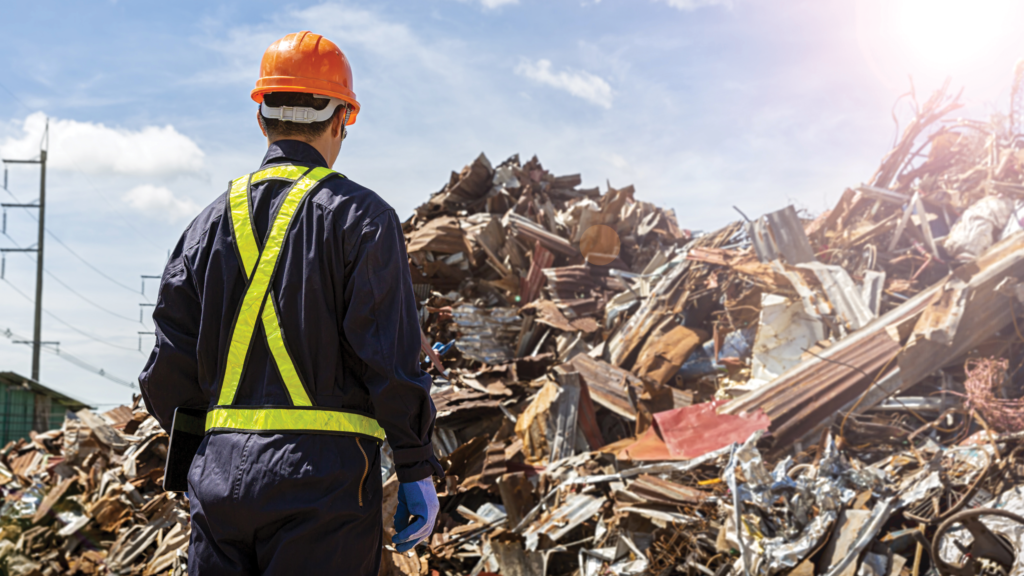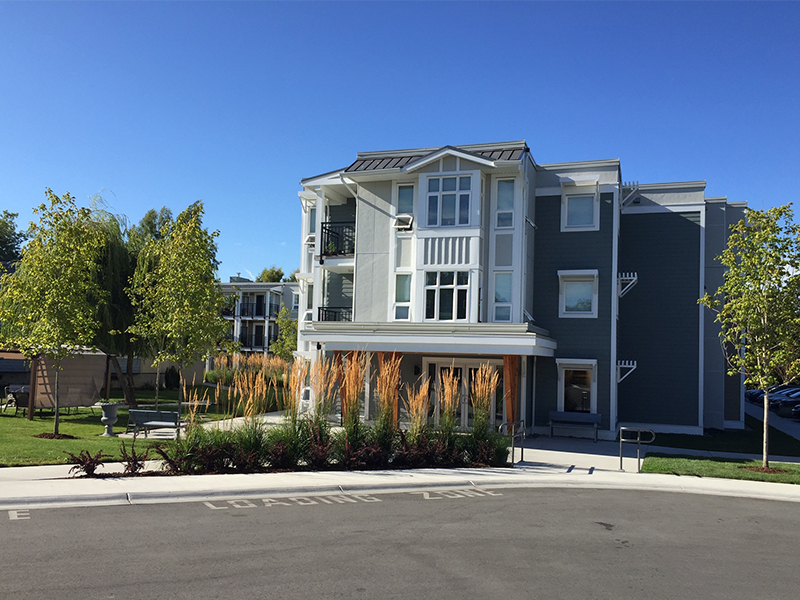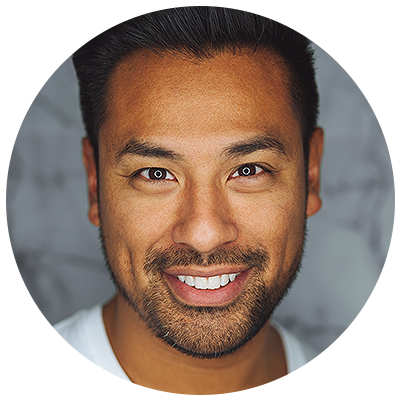For non-Indigenous Canadians, ourselves included, there are aspects of how we live and interact with the world that we may have never questioned, particularly when it comes to economic and resource-based systems. Many of us have been raised and educated in spaces that espouse ownership of assets, and consuming items extracted from a façade of “infinite” resources.
Every day, however, we’re closer to reaching critical breaking points environmentally, economically, and socially. From unprecedented natural disasters to housing crises to heightened threats faced by the 2SLGBTQI+, BIPOC, and disability communities, these issues stem from a disconnect between the wisdom of the past and what a good life truly entails.
“We need to right size our relationship with each other, we need to right size our relationship with Mother Earth, and we need to right size our relationship and heal our relationship with the ancestral world,” says Paul Lacerte, Founding Managing Partner of Raven Indigenous Capital Partners, the first and only Indigenous-owned and -led venture capital firm in North America.
We were honoured to sit down with Mr. Lacerte for this issue of Make The World Better Magazine to learn more about the work Raven Capital does and the importance of Indigenous economic participation.
Historically Excluded from the Conversation
Indigenous Peoples were the first, and, to this day, remain essential caretakers of the land. From managing wildfires to protecting waterways, they continue to hold this knowledge from their ancestors, which could sustain this beautiful land for generations to come.
According to Lacerte, “There’s this incredible richness that is resident in Indigenous epistemologies and ways of thinking and being that actually, if I’m being totally honest, […] it’s possible that Indigenous ways of knowing and being is our only hope to avoid the apocalypse.”
Unfortunately, the economic systems in place have excluded Indigenous Peoples from having a seat at the table due to centuries of historic injustices, including stolen land, denial of basic rights, and residential schools, of which Mr. Lacerte himself is a first generation survivor, along with being a day school survivor.
In addition to the generational trauma of these historic injustices, the effects of decades-long exclusion from economic participation are felt to this day.
“There’s a seven-year life expectancy gap between Indigenous and non-Indigenous people in Canada. Seven years. I want to live those seven years, and I want my loved ones to be able to live those seven years — and my kids,” Lacerte tells us. “And so, poverty, and the lack of access to own-source capital is one of those big drivers.”
He goes on to say, “Economic exclusion and poverty is [also] a big driver for violence against Indigenous women. And we’ve had a whole national inquiry as to why so many Indigenous women are murdered or gone missing, and I have that lived reality in my own family. So there’s a lot of urgency.”
Framing Capital as Medicine
The founders of Raven Capital seek to bridge this economic gap faced by Indigenous Peoples. Their mission is “to empower Indigenous entrepreneurs with the capital and expertise they need to succeed,” with a vision of a revitalized Indigenous economy. The Raven Capital team works closely with Indigenous entrepreneurs to get them investment-ready, then helps facilitate the investor-entrepreneur relationship.
“We’ve really been pretty heavily engaged in looking for the kind of medicine that we need to create the straightest line to a better future than the past that we’ve had. Because there’s such a big gap in Indigenous-owned capital and Indigenous-managed capital, so that we can change the way that it behaves for our people, that we can change the experience of entrepreneurs, so that it’s less extractive and harmful, and so that the money acts a lot more like love and healing. There’s just a big gap in that space,” he explains.
“And so, we saw the opportunity and the right time to approach investors and see if, in this reconciliation climate, that there is a level of confidence and readiness to invest in an Indigenous-owned venture firm, and acknowledging that we’re going to behave differently and that the capital might look a little bit different.”
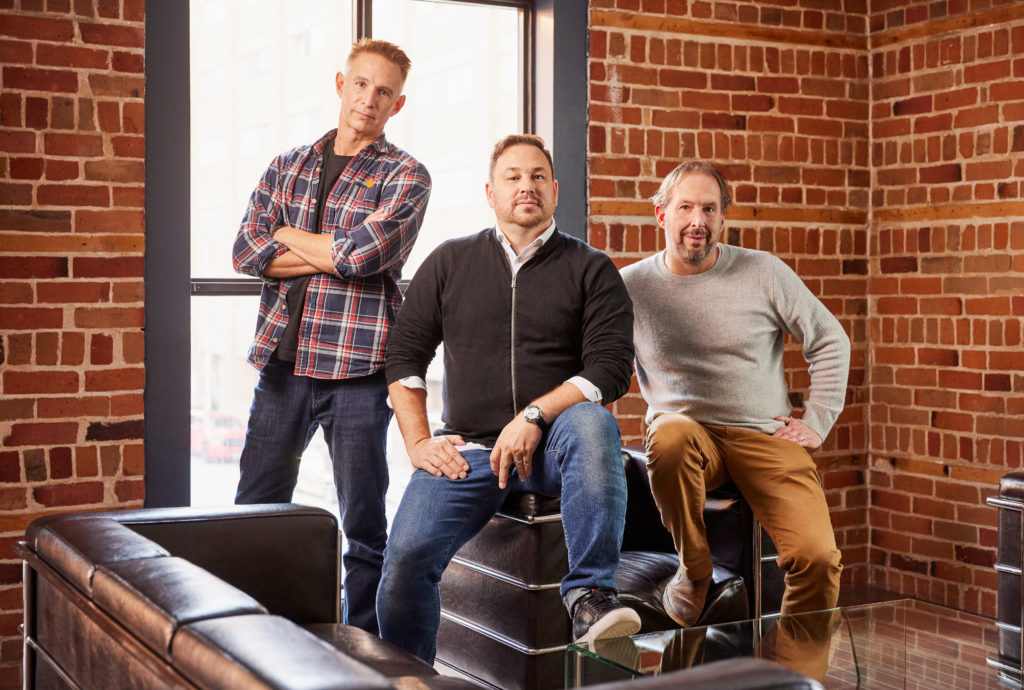
Operating from an Indigenous Worldview
To help tell the story of their viewpoint to investors, Raven Capital shares the following on their website: “As an Indigenous intermediary, we honour the Seven Sacred Teachings and operate from an Indigenous worldview. We follow traditional Indigenous protocols, work for the well-being of people and the planet, and acknowledge our responsibility to the next Seven Generations and weave that into our investment process.” The Seven Sacred Teachings guide them toward mino-bimaadiziwin, which roughly means “to live a good life,” and are represented by the Eagle (love), the Buffalo (respect), the Bear (bravery), the Sabe (honesty), the Beaver (wisdom), the Wolf (humility), and the Turtle (truth).
It was important for Raven Capital to integrate the Seven Sacred Teachings into their business practices, not only to honour the teachings for themselves but to also build a trusting relationship with the Indigenous founders they work with.
When Mr. Lacerte and the Raven Capital team approach Indigenous entrepreneurs who are looking for capital, they say that the words these entrepreneurs share with them are medicine.
So, instead of asking, “are you looking for capital?”, Raven Capital would approach with something like, “can you please share your medicine of making a change in the well-being of our people?” Instead of “meetings,” they come together to lift up Indigenous Peoples, which, for them, is sacred and, therefore, a form of ceremony.
“When our team says that to Indigenous founders, there’s almost an immediate healing that starts to happen because of the love and dignity and humility and respect, and some of those Seven Sacred Teachings start to become activated. And because those teachings are activated in our conduct, in our words, in the way that we create the condition for communication and information exchange, it starts to become way less extractive and hierarchical and imbalanced, and it starts to become really loving and safe.”
Speaking the Same Language
Raven Capital also works with non-Indigenous investors who do things in congruence with the Western economic systems in place. Therefore, the Raven Capital team is focused on helping both groups speak the same language when it comes to capital.
According to Lacerte, decolonizing the exclusionary business lexicon is a necessary step, and Raven Capital is committed to doing just that. “One of the ways that we are decolonizing the process and bringing forward Indigenous values and the Seven Sacred Teachings is to change the way that we talk. And that is also risky because the ecosystem trades in the space of confidence, and confidence is often derived from mastery of those acronyms and mastery of the commercial concepts, and so people look for that. And so, the approach that we’re taking is to redefine the way that we speak with each other.”
And the approach that they’re taking is working. In January 2023, Raven Capital closed a $100 million Indigenous venture capital fund, backed by some of Canada’s most prominent foundations and financial institutions, which provides patient and growth capital, as well as support, to start-up and growing Indigenous businesses.
Indigenous-Led Social Enterprises Driving Positive Change
Not only does Raven Capital’s fund directly support Indigenous social enterprises, these social enterprises also create meaningful and quantifiable impacts in Indigenous communities and beyond.
For example, Cheekbone Beauty, a company in Raven Capital’s portfolio, is the very first Indigenous-owned and -founded cosmetics company. They have a theory of change to empower people with make-up by making them feel seen and connected with others, and, thus, less likely to inflict self-harm, a cause near and dear to Cheekbone’s Founder, Jenn Harper.
True to Cheekbone’s mission to make a difference in the lives of Indigenous youth and women and to better the planet, Cheekbone has donated over $250,000 to important causes, uses recyclable packaging, and works with corporate leaders in the cosmetics industry to reduce the level of racism against Indigenous women.
And Cheekbone Beauty isn’t the only social enterprise in Raven Capital’s portfolio that’s advocating for and empowering marginalized groups.
Bobbie Racette, a queer Indigenous woman, is the Founder and CEO of Virtual Gurus, a marketplace of talented Canadian and American virtual assistants. Lacerte tells us that Bobbie’s theory of change is investing in people across the DEI continuum, betting on people that others have given up on.
“For Indigenous and non-Indigenous people along the gender continuum, when they see role models like Bobbie, I think that [it] is empowering, enabling, and it’s charting a pathway that other folks see and can walk in her shoes,” says Lacerte of Bobbie’s success in leadership roles.
Not only are these social enterprises in Raven Capital’s portfolio paving the way for more Indigenous representation in the broader economy, some, like OneFeather Mobile Technologies, are directly facilitating Indigenous participation through their services to ensure more Indigenous people have a spot at the decision-making table.
Lacerte states that OneFeather, “is removing barriers to participating in democratic processes by enabling Indigenous people to vote on their cell phone. And that, because of the mobility of Indigenous people, that is reducing barriers around travel and distance, it’s reducing our carbon footprint, and it’s enabling more fulsome participation in […] land-based decisions.”
“That wisdom, and the fulsome of the democratic process for Indigenous people to participate in land management decisions, is really good for Canadians, […] and enabling the voice of Indigenous people who often act as stewards and sometimes the last line of defence around sacred waterways, around sacred sites, around old-growth forests. And there is huge strength that’s being built in the Supreme Court of enabling Indigenous jurisdiction, but that jurisdiction can get given expression by removing barriers through technology and enabling people to vote with their phones, renew their status card on their phones, and make sure that the legal framework inside the jurisdiction of what we know as Canada is not allowed to continue to exterminate our people through legislative and regulatory processes.”
By making democratic participation accessible for all Indigenous Peoples and economic participation accessible for all purpose-driven Indigenous entrepreneurs, positive change happens, environmentally, economically, and socially — something that benefits everyone, Indigenous and non-Indigenous alike.
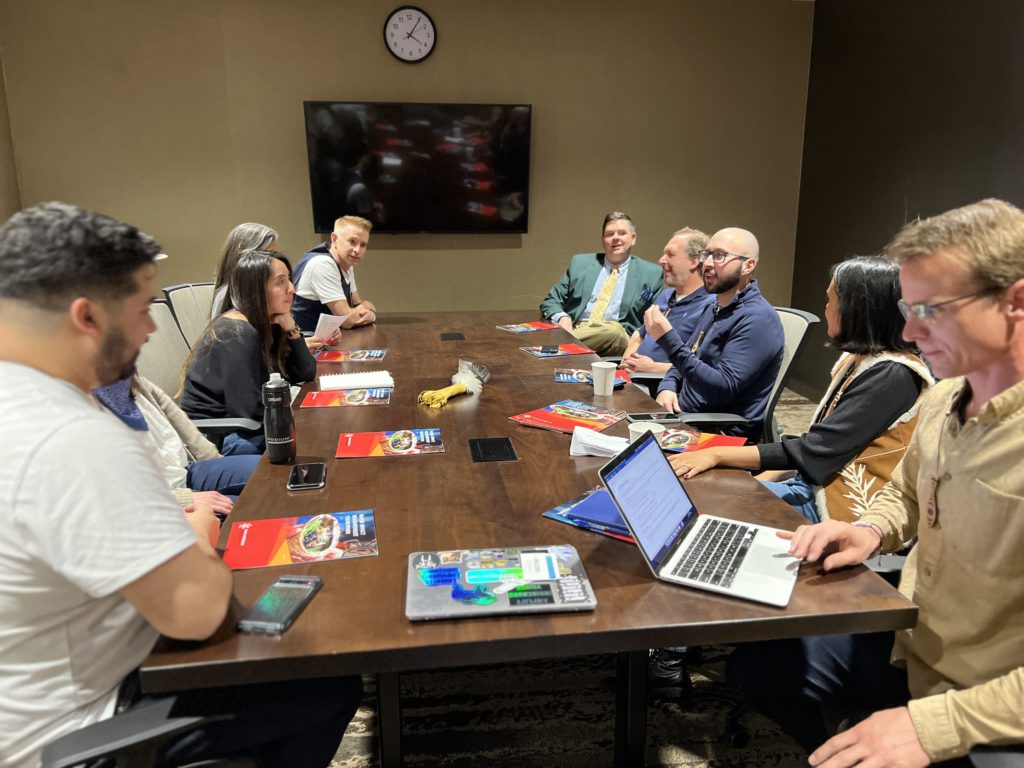
What’s Next for Raven Capital
Upon closing the $100 million Indigenous venture capital fund, Raven Capital will be deploying roughly $60 million of that in Canada and investing about $40 million in the United States.
Raven Capital has also updated their impact measurement framework, called Raven Impact Measurement (the RIM), which was published in December 2022. The RIM speaks to their epistemology, philosophy, investment practices, and alignment to the UN Declaration on the Rights of Indigenous Peoples. It’s open source, so Lacerte invites everyone to go to Raven Capital’s website and download the RIM document to use it for their purposes.
“The idea is that we’re gifting that medicine into the ecosystem for folks to be able to draw those lessons and those teachings and use it to strengthen their own life, use it to strengthen their own personal investing practices, use it to understand that every dollar that you spend as a consumer is an investment decision. And we can start to shift people’s paradigm of the way that economic strength, for every single dollar is used, and that it can start to lean towards this reconciliation space and this regenerative economy and restorative economy.”
Additionally, Raven Capital recently brought together their portfolio companies for a three-day, land-based retreat to heal on the land, do some ceremony, spend time with elders and knowledge keepers, and engage in training and skill-building to prepare for the uncertain economic climate and scale companies for impact. Lacerte says the goal of these retreats is to focus on wellness, prevent mission drift, and continue facilitating the decolonizing trajectory.
“The inertia in the capital markets and the commercial ecosystem […] is towards extraction, the inertia is towards profit, the inertia is towards individual wealth as opposed to community well-being,” Lacerte tells us, pointing to his right. “And we want to go this way,” he adds, pointing to his left with a laugh. “We want to shift a lot of those things, but it takes a lot of intentional effort to do that.”
How You Can Get Involved
Reconciliation has been part of Canada’s discourse for years now, but many non-Indigenous Canadians may not know where to start or how to deepen their work. With a plethora of content to parse through, there’s one resource in particular that Mr. Lacerte recommends for everyone to engage with.
“Here in Canada, the UN Declaration on the Rights of Indigenous Peoples is now legislated, as of June 2021. And so, we are going forward now, inviting both individuals and companies, Indigenous and non-Indigenous, to familiarize themselves with the 46 articles of the UNDRIP and then understand where there are opportunities to take action to implement one or more of those 46 articles.”
He continues, “It’s been since 1982 ‘til today that there’s been this effort to bring this global consciousness about the fundamental rights that Indigenous people have and the way that there is mutual benefit. The more we give expression to those rights and remove the barriers to the fundamental human rights of Indigenous Peoples, the better off our land will be, the better off our society will be, and I think we’ll have a society that we can be proud of because we’re taking our foot off of the throats of Indigenous Peoples and good things will happen for all of us the more we do that.”
Additionally, if you’re an investor or are simply in the market for new consumer goods and services, Lacerte says there are plenty of opportunities for you to use your dollar to support Indigenous-led initiatives. “For investors, there is certainly going to be an opportunity this coming summer to engage and participate [with Raven Capital’s initiatives]. And, obviously, shop Indigenous. If there are opportunities going forward, folks can familiarize themselves with the Raven Capital portfolio and Indigenous marketplaces all over Turtle Island. There’s this massive opportunity to transform the Indigenous economy as consumers, as customers, and as allies, so there’s lots of opportunity in that space.”
We thank Mr. Lacerte and Raven Capital for the opportunity to listen and learn about the important work Raven Capital is doing, as well as the incredible Indigenous social enterprises within the Raven Capital portfolio. We appreciate you sharing your time, wisdom, and stories with us and our readers.
To our readers, we encourage you to check out Raven Capital and download their RIM framework. It’s crucial that we all do our part in Indigenous reconciliation.
This story was featured in the Make The World Better Magazine:







